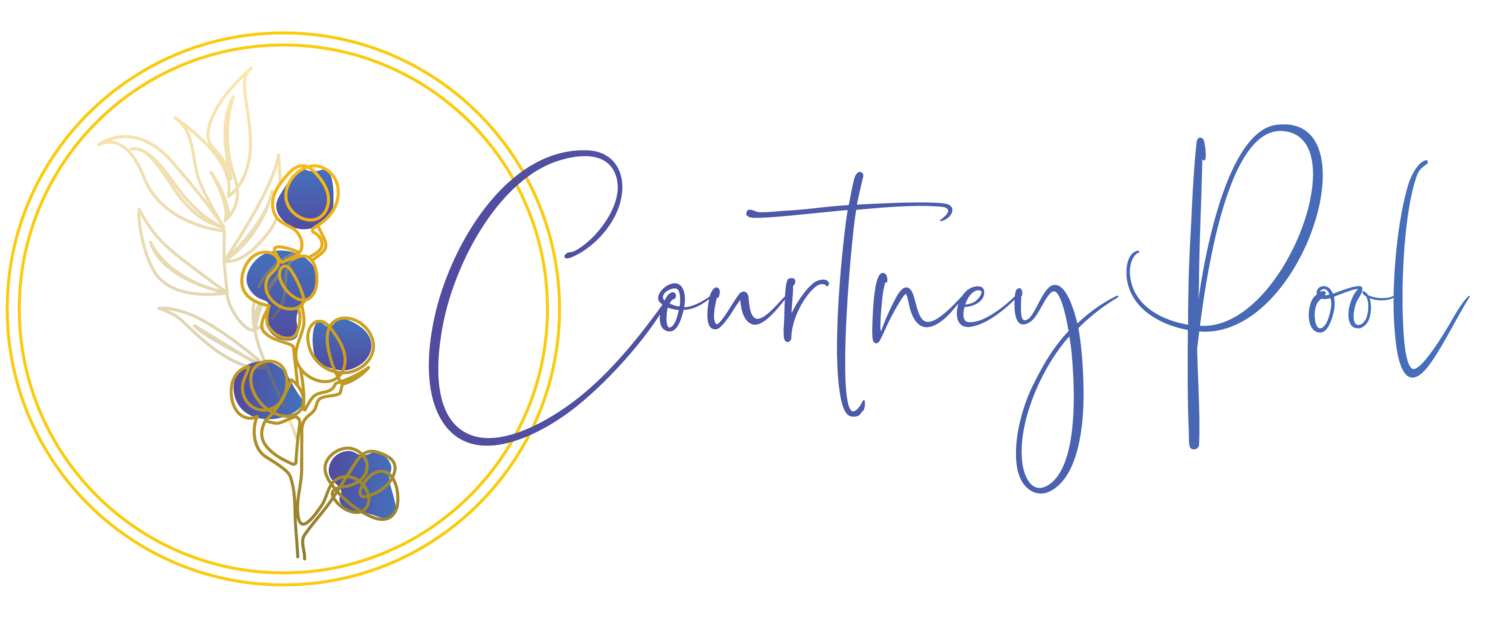The Rare Phenomenon of True Bodily Inhabitation
My post title today is somewhat sarcastic, but only in the most playful way, of course.. find out what I mean by continuing to read…
Greetings to you on a 74 degree Arizonian day
I think I might turn totally brown this year, what with the spirulina glow and the season of sun, which is NOW!!
I’ve been totally relishing my runs ‘up the hill’ the past few weeks. It’s been the perfect temperature, between about 65 and 75 in the middle of the day.
So, I run up this steep mesa trail, and then when I get to the top, it’s a beautiful walk. Below is the beautiful photo of what it looks like when you reach the top of the mesa. As you can see, we are visited by interesting looking ‘trails’ even here…
My camera cord, left in UT during my last visit, is still on its way to me, in the meantime, thanks to all you wonderful people whom are letting me use your photos Photo above by Frank.
This week we’ve put cacao to the test… the last part of a study Gabriel has decided to do to determine how cacao affects blood sugar.
We don’t have the *official* results of this yet, and I can only tell you what I’ve heard through the grapevine…
It seems it depends on the person – some people’s blood sugar rises as a result of eating cacao beans, some people’s blood sugar actually lowers… more details soon, hopefully.
I was browsing some sites today and decided to see what was going on at Geneen Roth’s website.
Geneen’s work has been a tool in some of my most substantial life changes and her books have helped me massively in the past with healing food addiction, disordered eating and distorted body image. I first encountered her book ‘Breaking Free from Compulsive Eating’ in early high school, and read several more of hers in the years following. In particular, and I recommend it for many people, her book ‘When Food is Love’ is a great one.
So, I discovered that Geneen has a blog, although she writes infrequently.
Below is an excerpt from a blog she wrote in summer 2007, and it quite stood out for me. Yes, I know she uses foods like sweet potatoes in her examples, but please take it for what she’s really trying to say here:
“For the past two days, the newspapers have been filled with stories about how your friends can make you fat. Based on an article in The New York Times by Gina Kolata, which was based on a study in The New England Journal of Medicine, the story goes that after 12,067 people in Framingham, Massachusetts were tracked over a period of thirty-two years, the scientists deduced that there is a 171% chance that having a fat friend will make you fat. The doctor and professor who conducted this study hypothesize that seeing your friend gain weight changes your perceptions of what’s acceptable; when you see your friend gain weight, you don’t feel so bad about your own expanding girth.
Another way of saying this is that if she’s doing it, then you figure, what the hell, it’s fine for you to do it. Fine to eat rice pudding for breakfast. Fine to be uncomfortable in your body. Fine to be spaced out or lethargic most of the time from not eating what your body actually needs. (The study didn’t mention cats, but it makes a girl wonder: some of us are as close to our cats, closer, than to our friends. So, if your cat is fat, do you feel better about your thighs?)
I am not a scientist. I am not a doctor. And I can’t refute a study that’s been painstakingly conducted for thirty-two years. But what I can say is that relying on how your friend looks for how you feel about yourself, deciding what and when to eat based on the size of your friend’s butt is probably not the best way to get to know yourself or to live a life you can call your own.
Your hunger is your own. Your appetites, your longings are yours only. When you get sick, it’s not your friend’s body that needs tending. When you are lonely or sad or grieving, looking at the size of your friend’s body will not help you. If your friend likes sweet potatoes and you don’t, if your friend is not hungry but you are, do you put yourself aside and act like she does?
I have a friend who says that we spend most of our lives looking at ourselves with “bank-camera eyes”–as if we are looking at our bodies from the outside in, instead of inhabiting them, instead of taking up the space in our arms and legs. We usually hover around and not in our bodies. When was the last time you actually felt the earth beneath you, your hands in soapy water, the crunch of the food in your mouth? If this study says anything to me, it reinforces the degree to which we are living disembodied lives, relying on external cues–the size of our friend’s body–for internal states like hunger, fullness, value, acceptance. If the food you put in your body is determined by the size of your friend’s thighs, you are disowning the power that comes from listening to your needs and satisfying them. You no longer are living the life you were given.”




